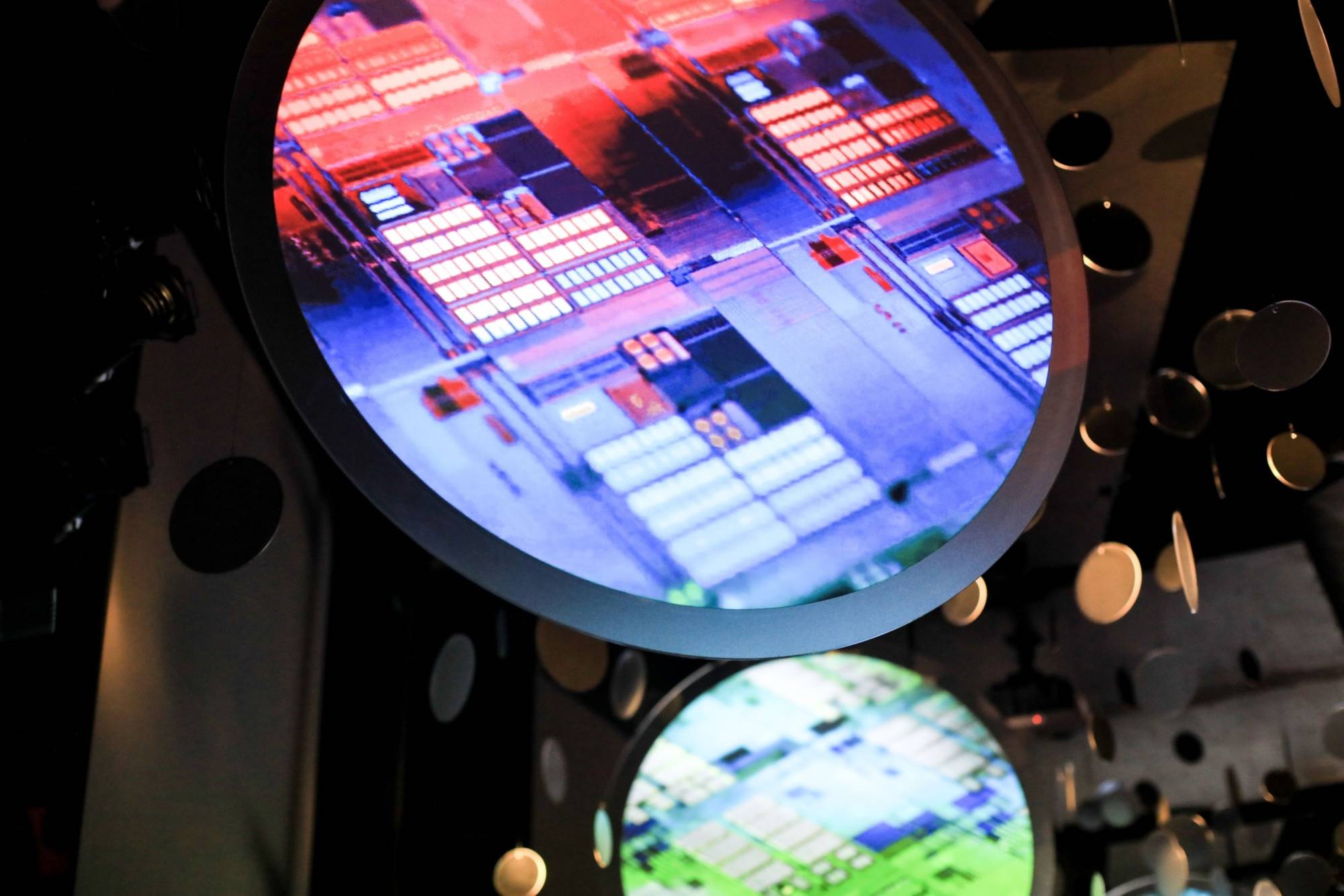The quest to master the development of new technologies has been a defining characteristic of modern Japan. Commodore Matthew C. Perry’s 1853 visit demonstrated the necessity of technological superiority to secure the nation’s defense; the naval officer’s “invitation” to open to the outside world was issued by the guns and cannons with which his fleet was armed. It was a compelling request.
Recognition of Japan’s backwardness prompted the Meiji Restoration and frantic efforts to catch up. Among the goals of the Iwakura Mission to the United States and Europe between 1871 and 1873 was a study of national industrial structures and the technologies that they produced.
While the link between technology and national defense was clear when Perry’s fleet sailed into Edo Bay, it has only strengthened in the years since. The destructive power of modern weapons has been magnified by the development and application of technologies that permit faster, more immediate use and more precise targeting. The penetration of those technologies into the fabric of daily life and the infrastructure of society — from banking and communications to transportation — means that the ability to disrupt their smooth operation is another source of vulnerability and concern.

















With your current subscription plan you can comment on stories. However, before writing your first comment, please create a display name in the Profile section of your subscriber account page.